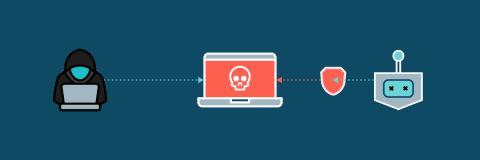Lessons Learned From the Clark County School District Ransomware Attack
Clark County School District in Nevada, the fifth-largest school district in the United States, recently experienced a massive data breach. Threat actors gained access to the school district’s email servers, which exposed the sensitive data of over 200,000 students. The district is now facing a class-action lawsuit from parents, alleging it failed to protect sensitive personal information and take steps to prevent the cybersecurity attack.











